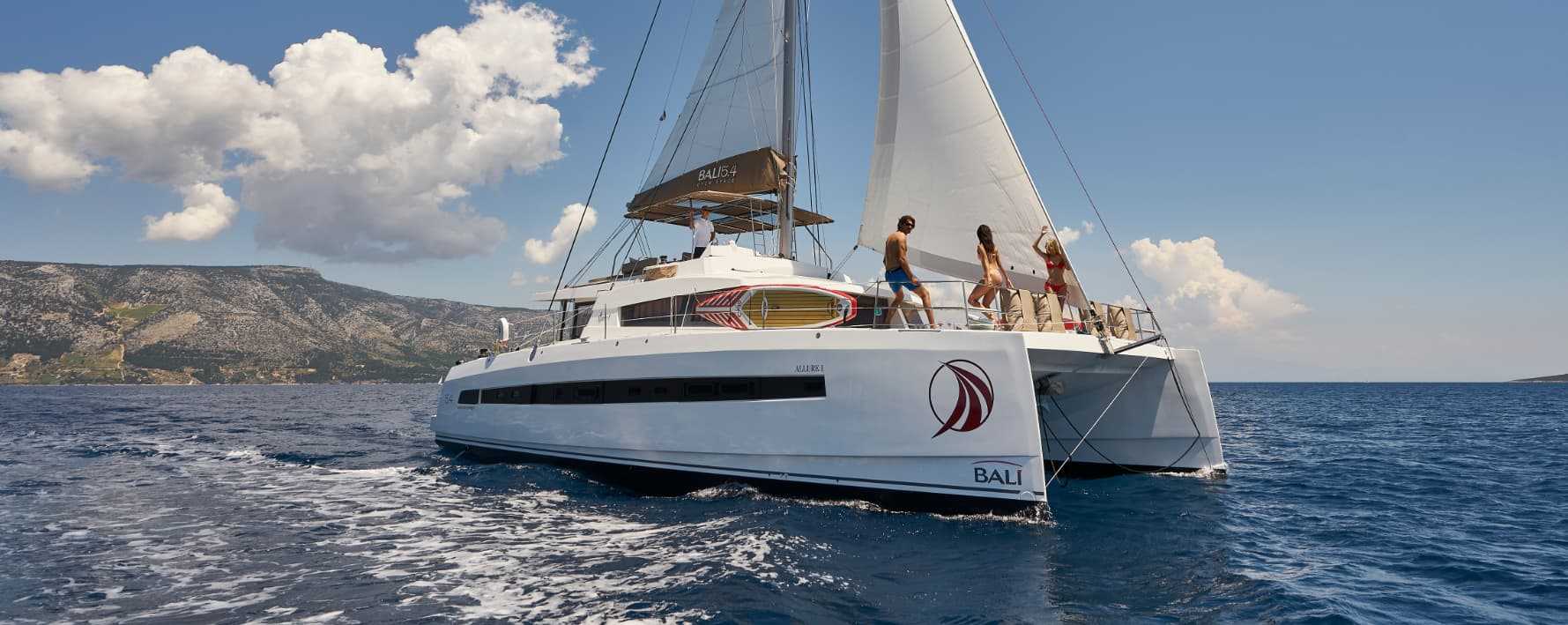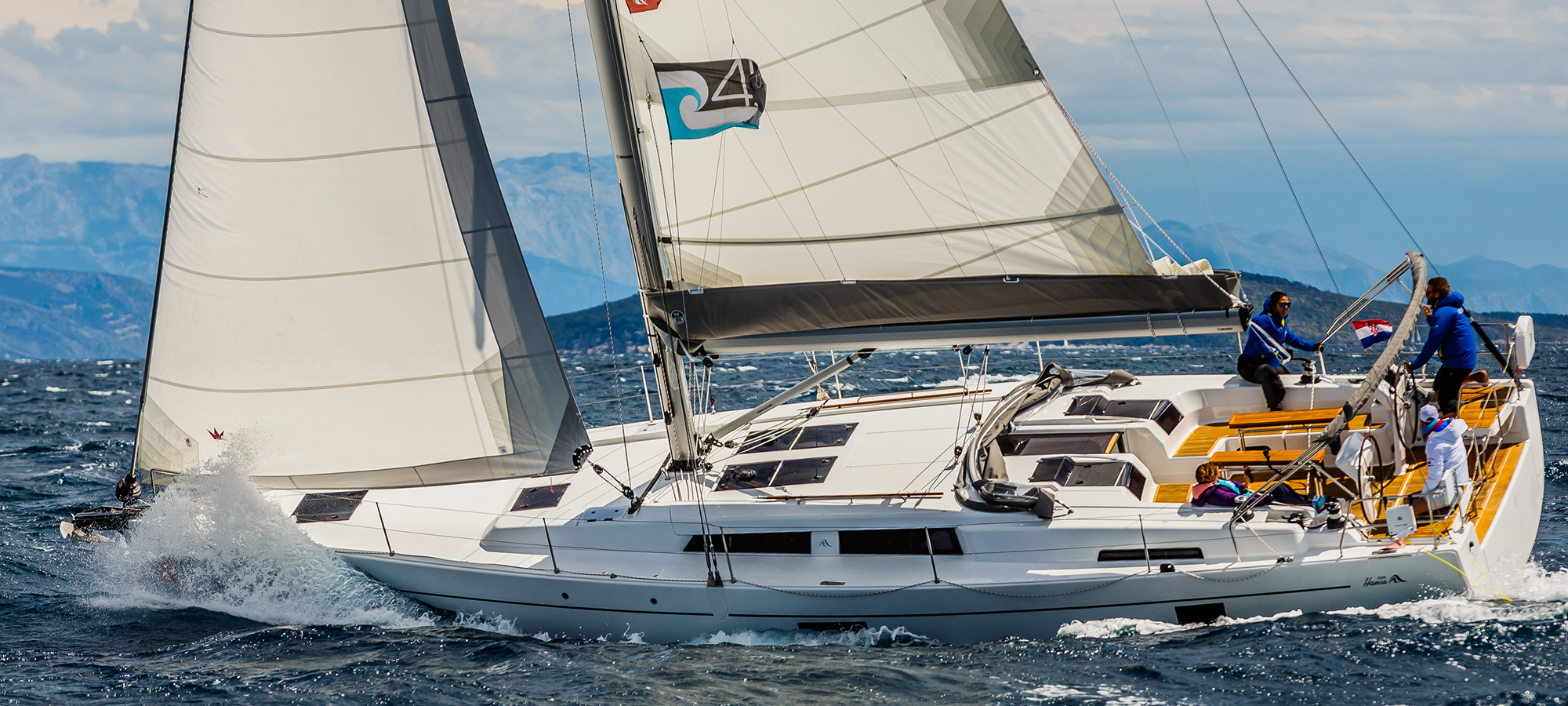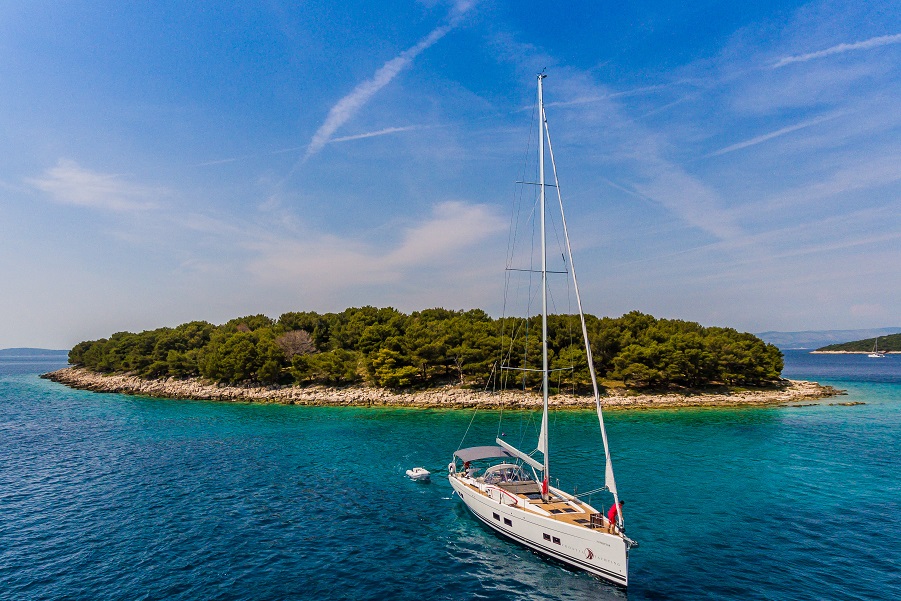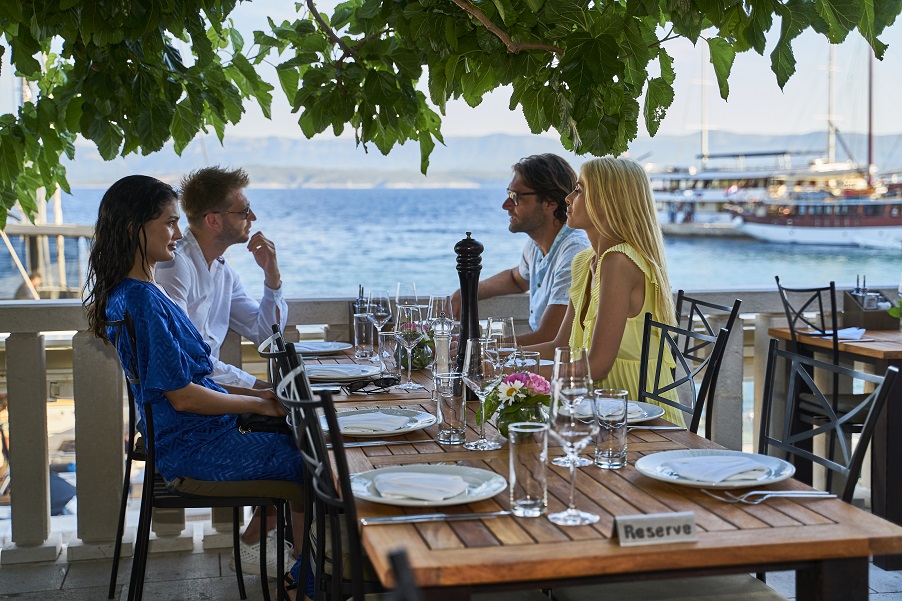Adriatic Winds: A Breezy Sailing Guide

Adriatic Winds are much more than a difference in atmospheric pressure - they depict your mood, alter your emotions, and can effectively change the course of your sailing holiday.
The Croatian Adriatic welcomes many winds of change, each of which will bring about unique outcomes when sailing Croatia. And while it may not seem like a big deal now, getting acquainted with which type of blow your bay will welcome on your Croatia sailing charter is suitable for everyone in your group to know.
Fortunately, we’re here to break these Adriatic winds down in a breeze (no pun intended).
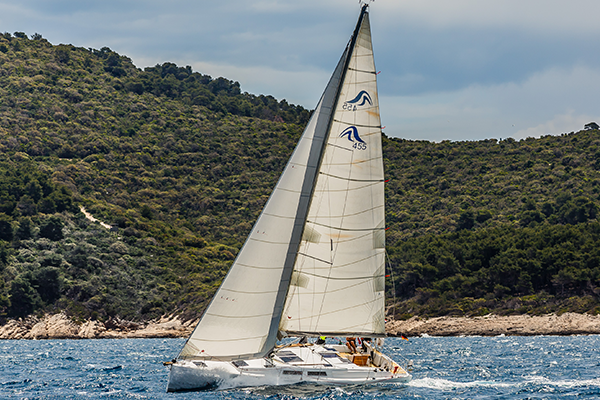
Bura
Ah, the beautiful bura. This northeasterly wind sweeps over the Velebit and Biokovo mountain ranges with two missions - to clear your mind and clear the sky. And while this wind has the best of intentions, it indeed arrives with a bang, which can wreak havoc on an otherwise smooth sailing holiday. Bura is a sharply chill and dry wind that strikes the sea with powerful gusts, sometimes ranging up to 200 km/h! While its hurricane-like force will startle you, it won’t literally sweep you off the seas, that is, if you know how to handle this beautiful beast. When bura arrives, be prepared for roaring waves, a lot of spray, and low visibility when sailing the open sea. Usually lasting up to 3 days, bura is unpredictable, rapid, and not for the inexperienced - but once it passes, you’ll be happy to have experienced its mind-clearing capabilities.
Jugo
When talking about Adriatic wind that will bring your mood from bad to worse, we can’t forget to mention the southerly jugo. This balmy Adriatic wind travels from the south or southeast, traveling over the islands to the shore, bringing stormy clouds, rain, irritability, and lethargy with each blow. While it will do a number on your wellbeing, it’s usually welcomed by sailors who use its warm gusts to achieve high speeds at sea. Unlike the powerful and erratic bura, jugo gradually gains strength over a few days, with gusts beginning in the morning. It’ll make your head spin but your sails soar.
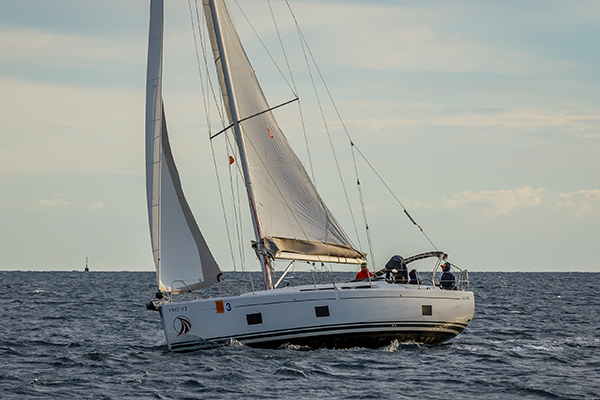
Tramontana
Tramontana is a transitional wind that doesn’t give us much to complain about, as it doesn’t last too long, either. A northern breeze that moves over the mountains to the Adriatic, tramontana is bura’s friendlier sister and is often said to be a precursor for the arrival of the more powerful sibling’s blow on the horizon. While this rather unassuming wind can create big waves on the open sea, it is often ideal for sailors, allowing speeds of up to 25 knots!
Maestral
Maestral, a friend of sailors and landsmen alike, is a summer wind most common in July and August that is responsible for weakening the often unbearable summer heat. Maestral dances between the sun and the sea, with gradual afternoon speeds never lasting more than a day. While it can reach up to 30 knots, maestral wind can also be a weak wind that is constant yet peaceful, allowing for a smooth and steady sail.
Levant
This easterly, mild summer wind is a dream for sailors thanks to its constant and reliable gusts which rarely reach gale-force strengths. But this gentle wind also calls for cooler temperatures, which can bring on a change of weather, usually storms and rain. This wind is best enjoyed by sailors during the morning hours - but take care if it escalates in the afternoon; you’ll want to find a safe anchorage soon!
Oštro
This southerly, warm, and short-lived wind is no friend of sailors on the open sea. With sharp gusts and high speeds, oštro usually dwindles by sunset but will cause an uproar until then, bringing about adverse weather as it blasts.
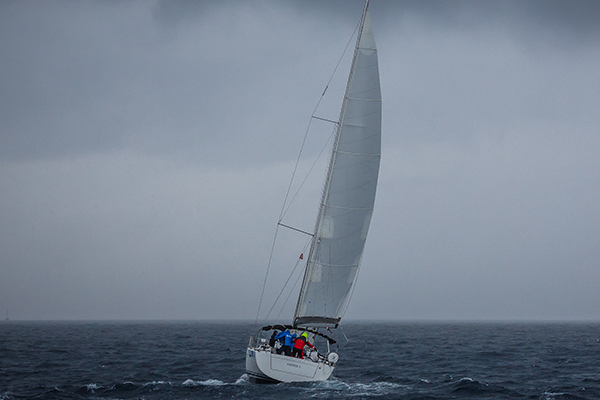
Lebić
Lebić is a moist and warm southwesterly wind with violent squalls and waves that could flood shallow harbors. An aftermath of jugo, lebić fortunately does not last long, though its forceful gusts make up for any lost time.
Pulenat
While it is a rare occurrence, pulenat comes with a vengeance. More common in the northern Adriatic, this stormy wind brings with it rain and wavy seas, and it is best for sailors to find a safe marina or anchor until pulenat passes.
Burin
Don’t be fooled by burin - while it sounds like bura, this northern wind is much milder, shorter, and is classified by its cool night breeze from the land to the sea. Better yet, it’s usually a sign of more stable weather to come!
Up to (wind)speed and ready to book your next Croatia sailing holiday? Contact our charter specialists who will make sure your sailing experience suits the weather ahead. Just hope there is no bura to beware!
